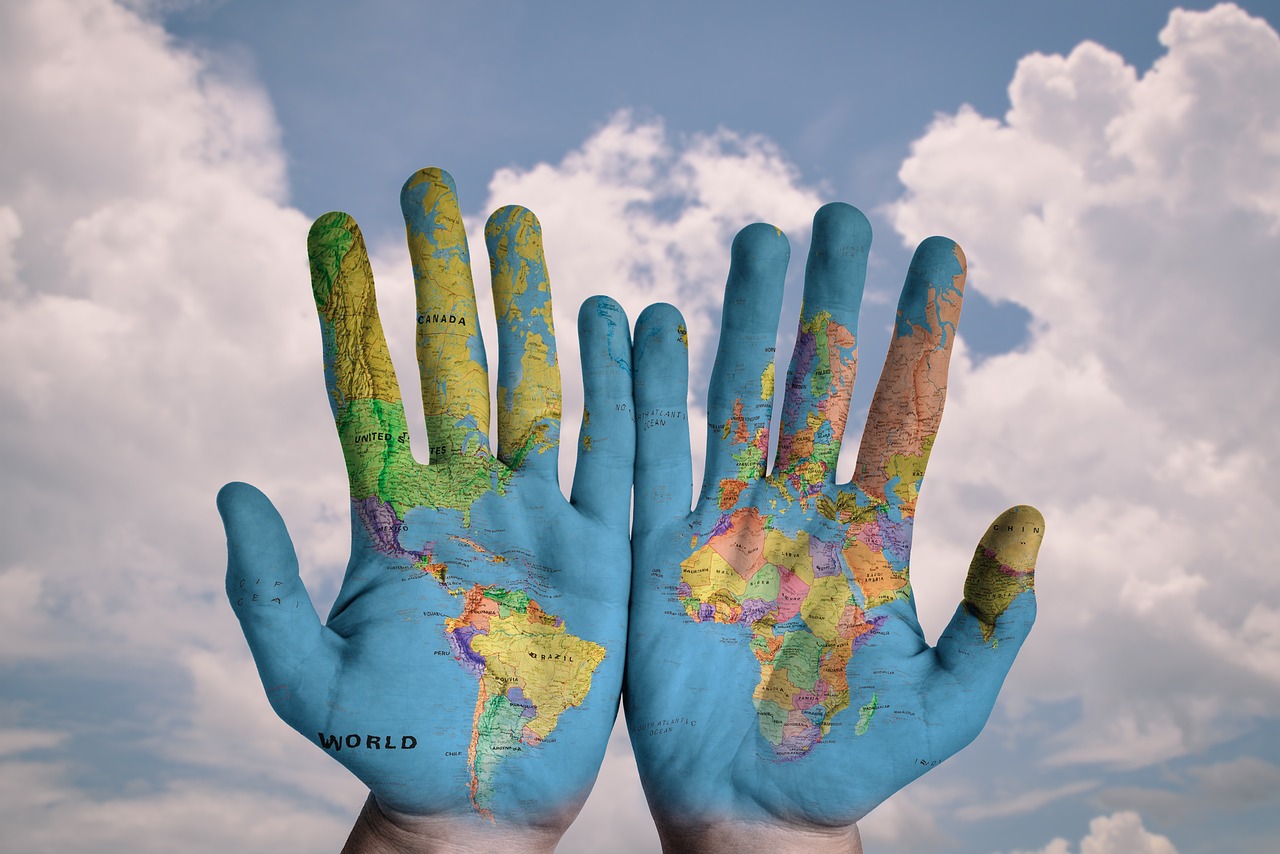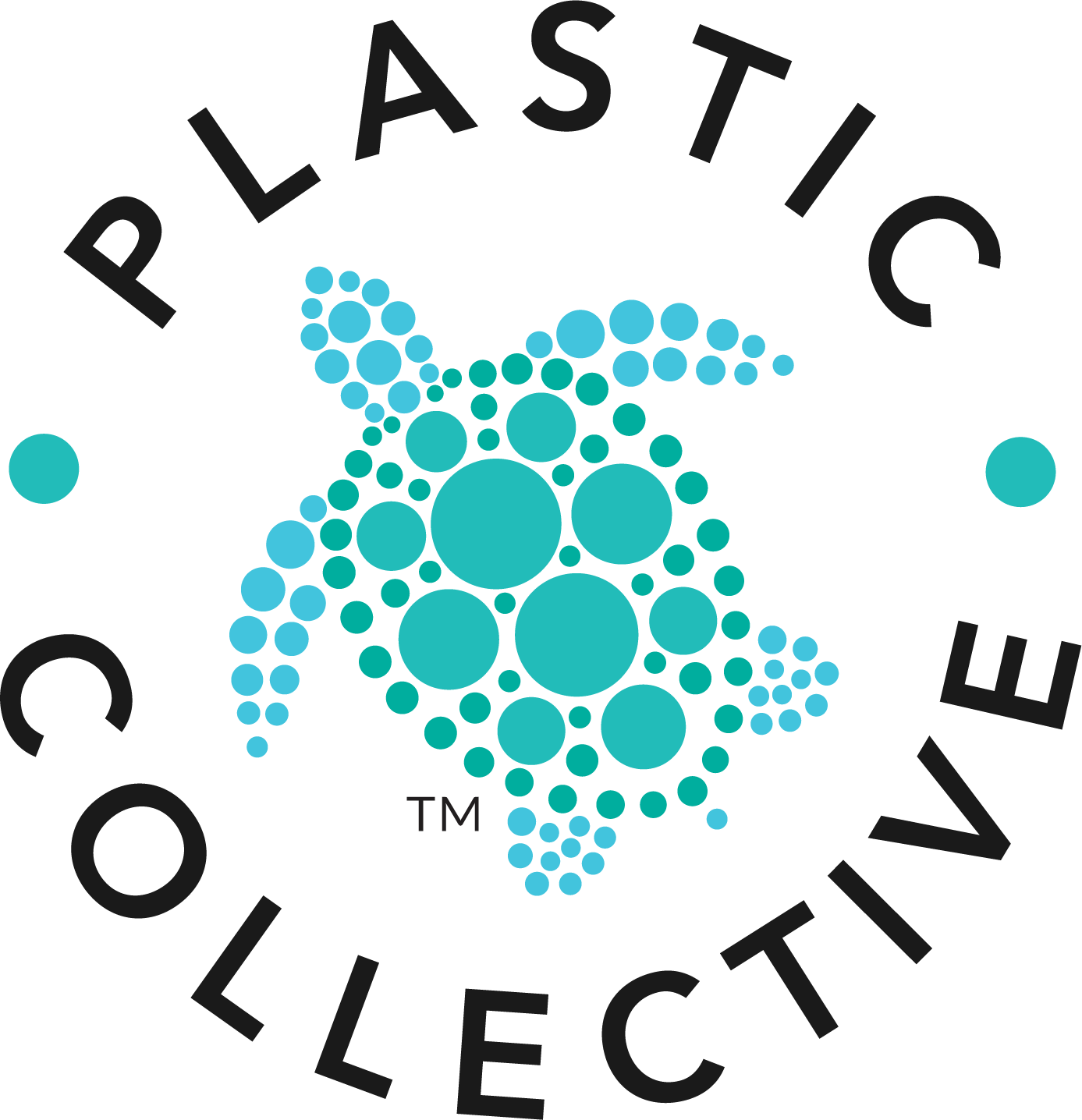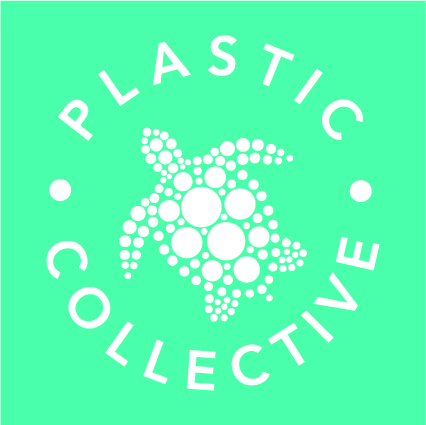What is Extended Producer Responsibility (EPR) & How do Plastic Credits Fit In?

What is EPR?
Extended Producer Responsibility (EPR) is the concept that brands, plastic packaging producers and importers should take responsibility for the plastic they put into a market across its entire lifecycle. EPR policies are based on the “polluter pays” principle and are generally implemented by governments via a set of rules and targets.
EPR programs take one of two forms: those with mandatory targets and penalties for not meeting targets; and those with non-binding targets but with a legal requirement for brands to report on their mitigation performance. The latter is sometimes a stepping-stone towards a more comprehensive, mandated EPR framework.
So if you’re a company selling plastic-bottled mineral water in a country that has a mandatory EPR framework, you’ll probably be required to meet certain collection, recycling and possibly post-consumer recycled (PCR) content targets for your plastic packaging. This means organising your local supply chains and / or working with collection and recycling organisations (sometimes called producer responsibility organizations) to meet these targets.
Why EPR? The plastic pollution problem
EPR is all about addressing the global plastic pollution problem across the product lifecycle. Based on current recycling rates, out of the 460 million tonnes of plastic produced each year, 9 percent is recycled, 19 percent is incinerated, 50 percent goes to landfill, and 22 percent is leaked into the environment (OECD Global Plastics Outlook 2022). This leakage adversely affects human and animal health, air and soil quality, and ocean carbon sink capacity as it breaks down into microplastics. A well-designed EPR framework incentivises plastic packaging producers towards product stewardship via circular production systems and reusable product design which reduce this environmental leakage. It also provides incentives for stakeholders to establish deposit return and take-back schemes.
And a well-designed EPR framework will have clearly defined mandatory targets covering a range of plastic types which scale up over time and are accompanied by robust enforcement mechanisms. Revenue collected from non-compliance penalties will be used to improve plastic waste management infrastructure. EPR frameworks can contain end-of-life plastic disposal requirements and should be synchronised with other circularity-focussed EPR law and legislation such as single-use plastic bans.
Which countries have EPR frameworks?
There are now over 70 countries with some form of plastic EPR system in place or under development to help reduce the environmental impacts of producing and using retailer / consumer products and associated packaging material. A snapshot of the EPR schemes and policy approaches in the Philippines, India, Singapore, the European Union (EU) and South Africa is presented in the table below.
Table – a snapshot of EPR frameworks in India, Philippines, South Africa, Singapore, and the EU
INDIA
PHILLIPINES
SOUTH AFRICA
SINGAPORE
EU
Implementation date:
Feb 2022
Implementation date:
July 2022
Implementation date:
May 2021
Implementation date:
2025
Implementation date:
Each member state to implement an eco-modulation fee-based EPR framework by end 2024
Plastic types:
Rigids, flexibles, multi-layered and plastic sheet
Plastic types:
Rigids, flexibles, plastic bags, B2B plastic products
Plastic types:
14 categories including single use, compostable and biodegradable plastics
Plastic types:
4 broad categories of plastic packaging
Plastic types:
All plastic packaging used for the containment, protection, handling, delivery and presentation of goods
Targets:
For producers and importers – by 2028 recycle 60 to 80%, PCR content of 10 to 60%. For brand owners – by 2028 reuse 20 to 80%, recycle 60 to 80%, PCR content of 10 to 60%.
Targets:
“Obliged large enterprises” (assets over USD 1.7m) must “recover and divert” 80% of their plastic footprint by end 2028, with multiple, broadly defined compliance options.
Targets:
Producers design own EPR plan or pay a fee to one of 8 registered PROs which undertake collection and recycling activity required to meet the producers’ targets.
For PET, the 2026 targets are 20% PCR content, 70% collection, 65% recycling.
Targets:
Not yet specified; mandatory packaging reporting against submitted plan/targets has been in place since 1/7/2020
Targets:
55% by 2030
End of life:
Road construction, energy recovery, waste to oil.
End of life:
“Appropriate” end of life allowable part of recovery and diversion plan
End of life:
Not specified for plastic
End of life:
Not yet specified
End of life:
Differs between member states
Enforcement:
Levies TBD
Enforcement:
Non-compliance fines USD85,000 -480,000
Enforcement:
Revocation of licence
Enforcement:
Applies to companies with turnover >USD 7 million; fines of SGD3,500 to 7,000 for non-compliance.
Enforcement:
Differs between member states (e.g. Germany requires PRO participation or face sales ban).
Offset mechanism:
Tradeable certificates for surplus reuse, recycling and end of life disposal
Offset mechanism:
All offsetting of recovery and diversion activity permitted
Offset mechanism:
Not included.
Offset mechanism:
Likely to be included.
Offset mechanism:
Member states are permitted to include economic instruments that promote recovery and diversion
INDIA
Implementation date:
Feb 2022
Plastic types:
Rigids, flexibles, multi-layered and plastic sheet
Targets:
For producers and importers – by 2028 recycle 60 to 80%, PCR content of 10 to 60%. For brand owners – by 2028 reuse 20 to 80%, recycle 60 to 80%, PCR content of 10 to 60%
End of life:
Road construction, energy recovery, waste to oil.
Enforcement:
Levies TBD
Offset mechanism:
Tradeable certificates for surplus reuse, recycling and end of life disposal
PHILLIPINES
Implementation date:
July 2022
Plastic types:
Rigids, flexibles, plastic bags, B2B plastic products
Targets:
“Obliged large enterprises” (assets over USD 1.7m) must “recover and divert” 80% of their plastic footprint by end 2028, with multiple, broadly defined compliance options.
End of life:
“Appropriate” end of life allowable part of recovery and diversion plan
Enforcement:
Non-compliance fines USD85,000 -480,000
Offset mechanism:
All offsetting of recovery and diversion activity permitted
SOUTH AFRICA
Implementation date:
May 2021
Plastic types:
14 categories including single use, compostable and biodegradable plastics
Targets:
Producers design own EPR plan or pay a fee to one of 8 registered PROs which undertake collection and recycling activity required to meet the producers’ targets.
For PET, the 2026 targets are 20% PCR content, 70% collection, 65% recycling.
End of life:
Not specified for plastic
Enforcement:
Revocation of licence
Offset mechanism:
Not included
SINGAPORE
Implementation date:
2025
Plastic types:
4 broad categories of plastic packaging
Targets:
Not yet specified; mandatory packaging reporting against submitted plan/targets has been in place since 1/7/2020
End of life:
Not yet specified
Enforcement:
Applies to companies with turnover >USD 7 million; fines of SGD3,500 to 7,000 for non-compliance.
Offset mechanism:
Likely to be included.
EU
Implementation date:
Each member state to implement an eco-modulation fee-based EPR framework by end 2024
Plastic types:
All plastic packaging used for the containment, protection, handling, delivery and presentation of goods
Targets:
55% by 2030
End of life:
Differs between member states
Enforcement:
Differs between member states (e.g. Germany requires PRO participation or face sales ban).
Offset mechanism:
Member states are permitted to include economic instruments that promote recovery and diversion
What’s really interesting is how these national EPR frameworks for environmental protection might ultimately complement and intersect with global initiatives such as the Verra Plastic Waste Reduction Standard and the United Nations Global Plastic Treaty.
Plastic Standard
Let’s start with the Verra Plastic Waste Reduction Standard. This global standard enables certified plastic waste collection and recycling programs to generate tradeable plastic credits, the revenue from which may be used to fund project scale-up (check out our blog on how plastic credits work). The requirements for certification are rigorous – so a brand / producer partnering with a certified project to help meet its EPR targets will have peace of mind that the project is independently audited, has no child labour, pays living wages, has engaged with stakeholders, and yields community-co-benefits. Certified projects also submit volume monitoring reports on a regular basis which might also be used to meet EPR reporting requirements.
From a brand perspective, Plastic Standard certification can offer a point of differentiation – it’s a signal that it goes beyond what is required to comply with the local EPR rules by being independently certified under a globally-recognised standard as part of its plastic product stewardship journey.
In addition, the certified project may generate tradeable collection and / or recycling credits that are recognised under some EPR frameworks (see table below) as a mechanism for a producer to offset its collection and recycling targets – the same way that carbon credits work as part of greenhouse gas mitigation strategies.
At the country level, it’s also conceivable that the Plastic Standard could be adopted by local governments and municipalities as a broader “plug and play” framework for the regulation and monitoring of its EPR framework.
Global Plastic Treaty
The United Nations Environment Assembly has the commitment of 193 parties to negotiate a Global Plastic Treaty by November 2024 that will address the full life cycle of plastic, including single-use plastics and microplastics (see our recent blog about the UN Global Plastic Treaty for more details). The treaty will be analogous in structure and intent to the Paris Agreement (and supplementary Glasgow Climate Pact) to limit climate change, with national action plans underpinning the plastic pollution mitigation targets set by each party.
An EPR framework would logically form the cornerstone of these national action plans, giving those parties with well-designed frameworks already in place a head start in this global effort. The Treaty will also contain an offset mechanism, allowing parties to trade plastic credits generated by certified plastic waste reduction projects.
All this points to a plastic stewardship pathway that is increasingly characterised by common concepts and tools: action on single use plastics, circularity in supply and design, mitigation targets that can be ramped up over time, and tradeable plastic credits to help companies and nations address plastic pollution efficiently and transparently.
Learn more about Extended Producer Responsibility, sustainability and plastic waste recycling news by subscribing to the Plastic Collective newsletter.

